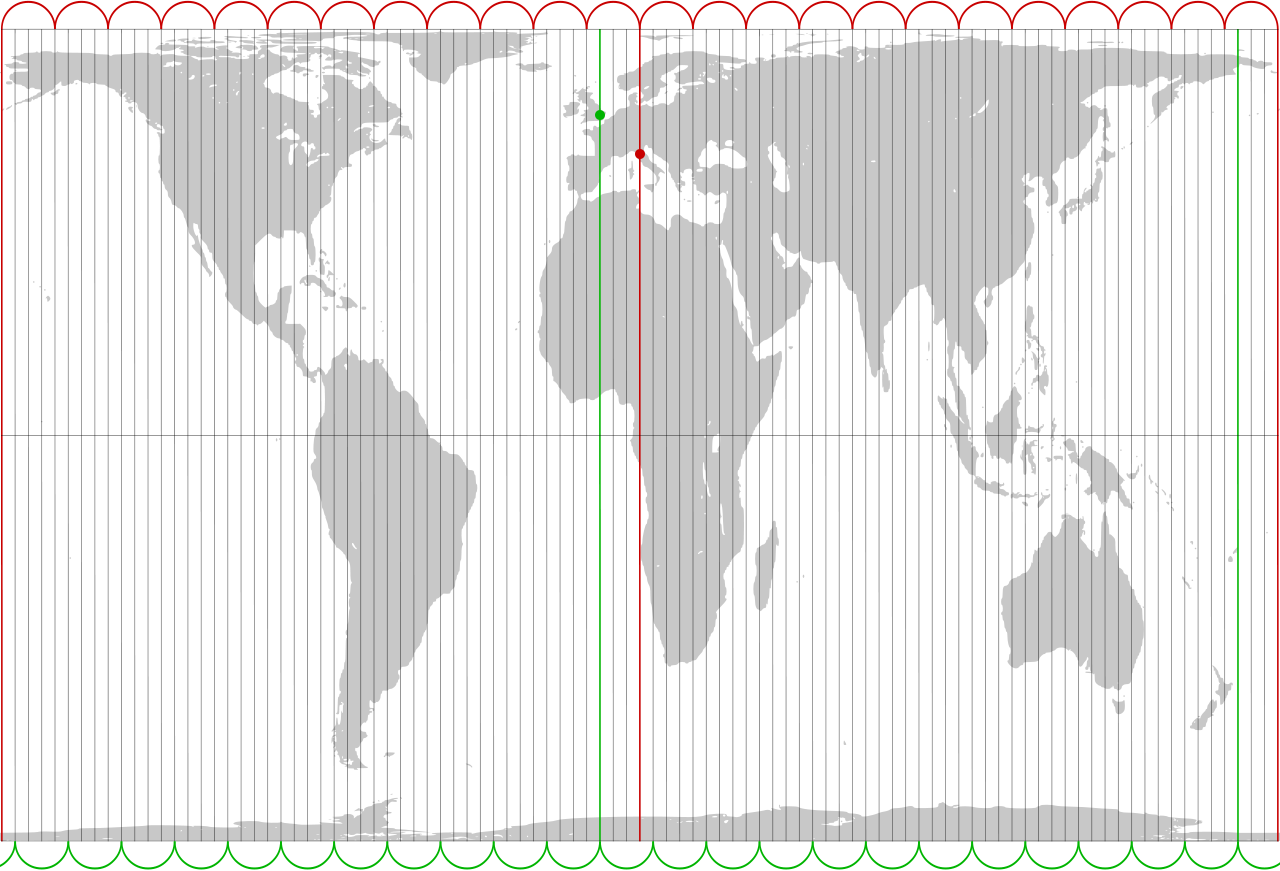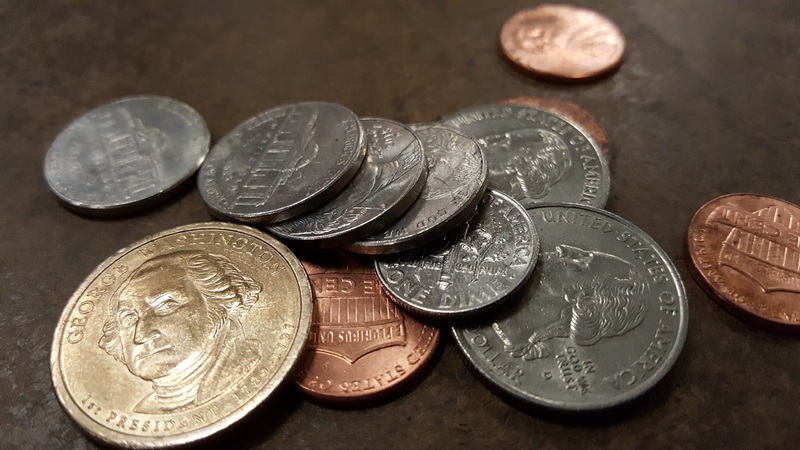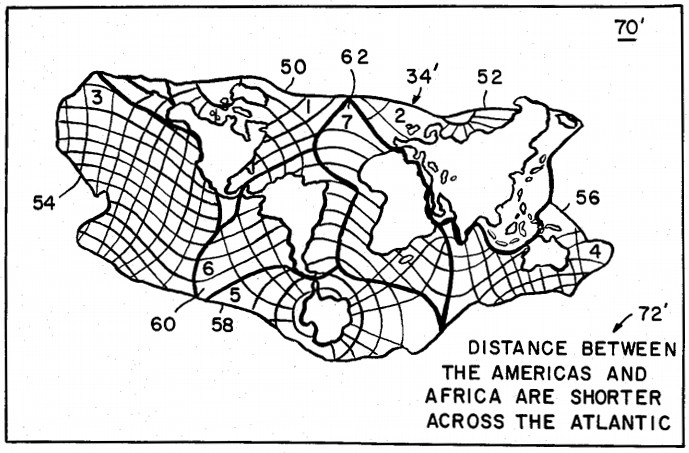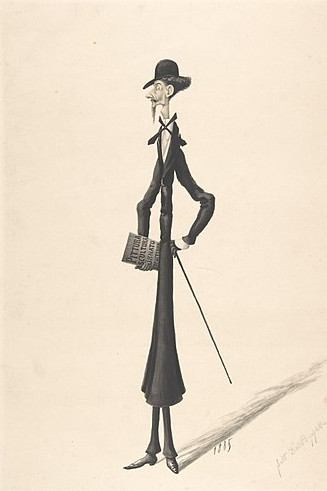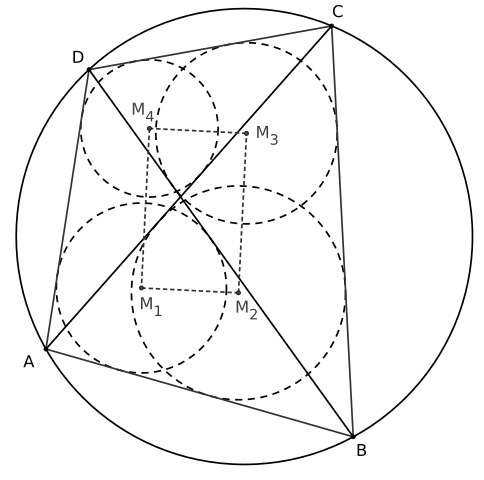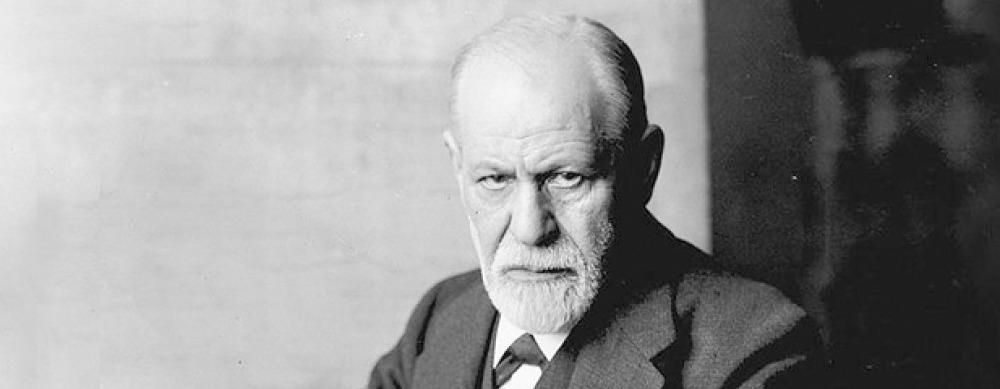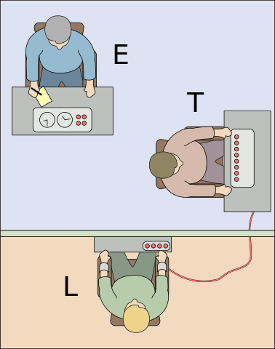This just caught my eye: In the centenary issue of the Mathematical Gazette, in 1996, Sir Bryan Thwaites offered monetary prizes for the proofs of two conjectures.
The first is what’s known as the Collatz conjecture, which Sir Bryan had been puzzling over since 1951. He had come to believe it was unprovable, so he offered a prize of £1,000.
The second conjecture was “even simpler as far as numerical skill is concerned”:
Take any set of N rational numbers. Form another set by taking the positive differences of successive members of the first set, the last such difference being formed from the last and first members of the original set. Iterate. Then in due course the set so formed will consist entirely of zeros if and only if N is a power of two.
Sir Bryan felt that this conjecture was likely provable, so he offered £100 for its proof or disproof.
“Both are easily understood and handled by the average ten-year-old,” he wrote, “and so there will be some who will attribute my continuing interest in such apparently elementary mathematics to well-advanced senility.” But that was 20 years ago, and I believe both conjectures remain unproven — the first is a famously unsolved problem, and I can’t find any record that the second has ever been worked out (though evidently the case of N = 4 had been known since the 1930s).
(Bryan Thwaites, “Two Conjectures or How to Win £1100,” Mathematical Gazette 80:487 [March 1996], 35-36.)
12/03/2018 UPDATE: It has been proven. (Thanks, Yotam.)

